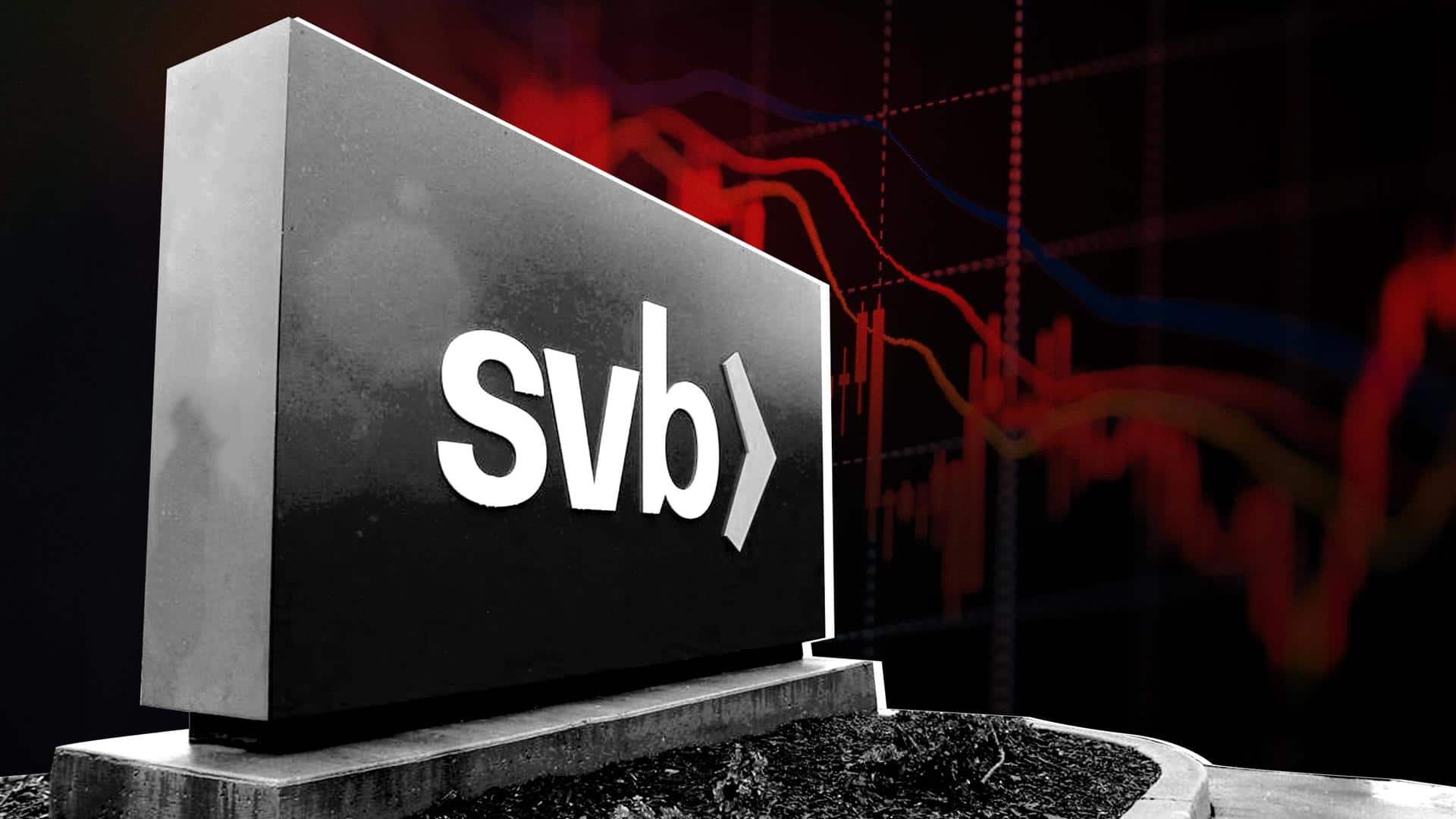
Bank Run: The problem that triggered Silicon Valley Bank collapse
What's the story
Last week, the US government shut down Silicon Valley Bank as it failed to raise funds for functioning. It met its demise as a large number of depositors, mostly start-ups and venture capital firms, started withdrawing money simultaneously, thereby triggering a bank run. A bank run is one of the oldest problems to plague the banking sector. Let us see how it works.
Definition
What is a bank run?
In many cases, when there are fears of a financial institution going out of business, account holders withdraw their deposits en masse. This behavior is known as a bank run and there have been several such instances over the years. Bank runs take place because of customer panic without considering the facts. The rapid withdrawal of money ultimately causes the bank to default.
History
This is not a new phenomenon
The modern history of bank runs can be traced back to Great Depression (1929-39) when financial institutions worldwide went bust due to economic uncertainty. Among the notable failures were Credit-Anstalt in Austria, Danatbank in Germany, and the Bank of United States in the US. In the US, bank runs became a common phenomenon, forcing President Franklin D Roosevelt to take steps to stop them.
Steps
What measures did Roosevelt take?
To put an end to the series of bank failures in the country, Roosevelt set up the Federal Deposit Insurance Corporation (FDIC). Since the starting of FDIC insurance in 1934, depositors have not lost any insured sum because of bank failures. The FDIC has also taken over SVB's assets and has assured depositors that their money will be safe.
Crisis
Why did SVB witness a bank run?
SVB invested heavily in long-term bonds. However, due to interest rate hikes, the value of the bonds was impacted. Such investments are done by banks using deposited money that they can hold on to for a long time. But due to higher interest rates and funding winter, start-ups started withdrawing money from the bank, forcing it to book losses on the bonds.
Information
Why was SVB unable to replenish funds?
SVB sold bonds worth $21 billion at a $1.8 billion loss. Fearing the bank's poor liquidity status, several start-ups and VC firms started withdrawing money, triggering a massive bank run that led to its collapse and subsequent takeover by the federal government.
Measures
Can bank runs be prevented?
Financial institutions have to act proactively to prevent a bank run from taking place. They should assure the account holders that their deposits are safe and investments should be made carefully with some safety cushion in place. During dire financial straits, banks are usually taken over by a central bank or a qualified agency and a withdrawal cap is implemented till conditions improve.